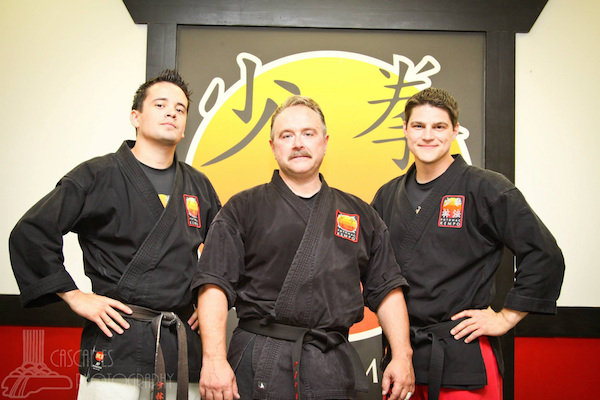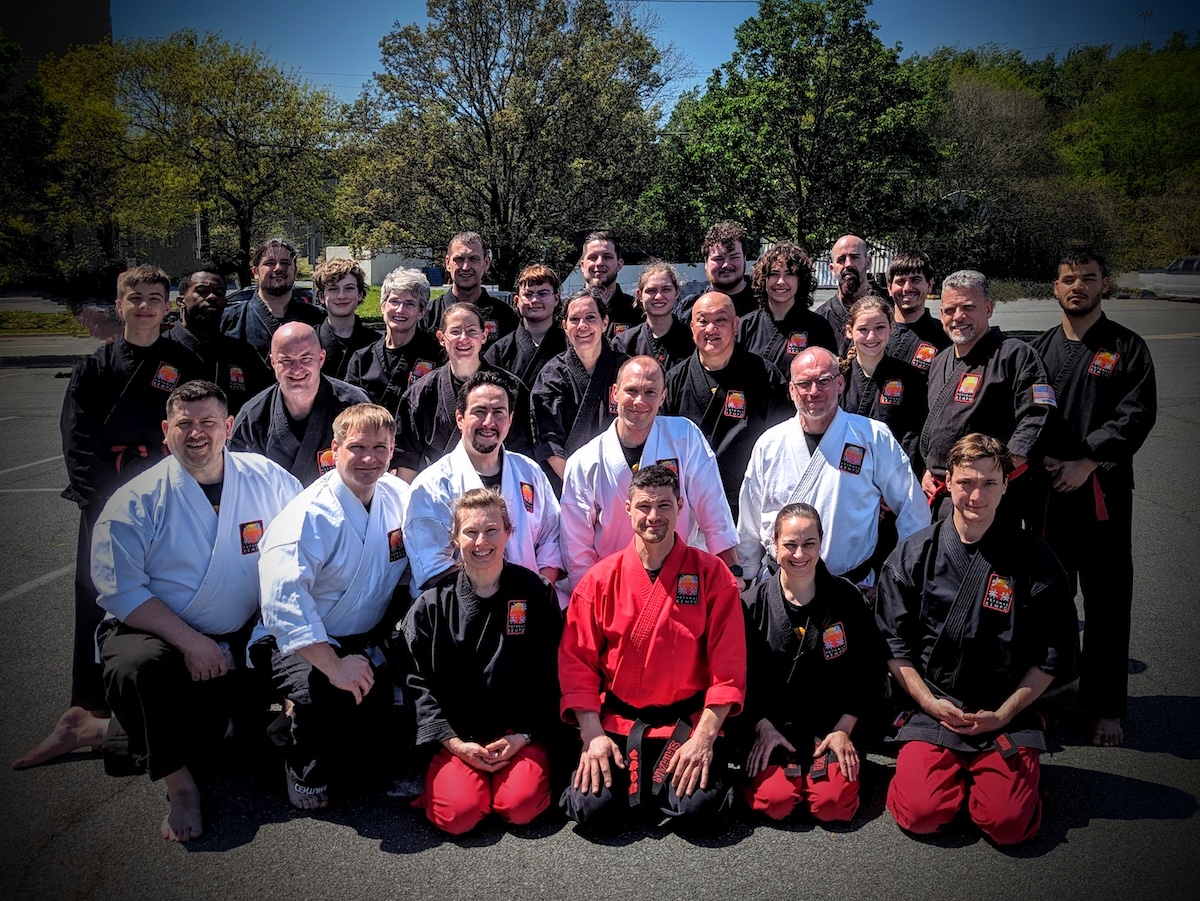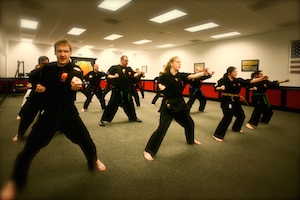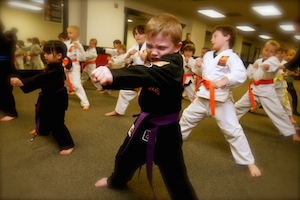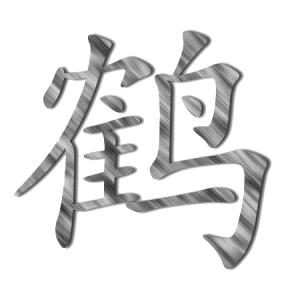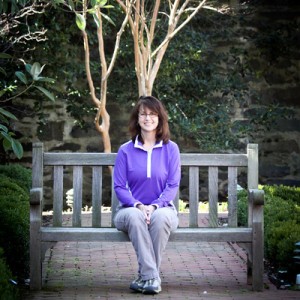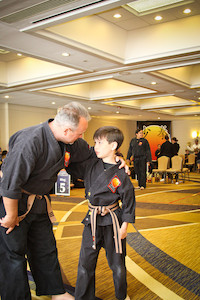 Five years ago, Brett’s 4-year-old son Nicolas went poking around his father’s closet and discovered several karate belts.
Five years ago, Brett’s 4-year-old son Nicolas went poking around his father’s closet and discovered several karate belts.
He said, “Dad, I didn’t know you did karate,” Brett remembers. “I told him, ‘Yeah, 20 years ago,’ and he said, ‘You should be a white belt!’”
Brett had, in fact, been considering a return to the dojo. When he went there for Nicolas’s classes, he found himself talking to the instructors and was intrigued enough to think about getting back into martial arts.
At that point, Brett, who runs an international company, knew he was overworked, out of shape and about 30 pounds overweight. After hanging out at the dojo, he says, his competitive spirit got the best of him, and he signed up for a class. And another. And the by the third class, the shock wore off, and his body was exhausted and sore.
“I saw Master Santillo and said, ‘Boy, I need a lifestyle change,’” he said. Brett promised himself that he would train three days a week. That was five years ago. Last summer, after some torn muscles, broken toes, bruises and years of hard work, he earned his Black Belt.
“I had never really thought of being a Black Belt, but I realized it would be a good example for my son and a good way to get in shape,” Brett says. (He now has two sons training—9-year-old Nicolas is a second degree brown belt, and 6-year-old Anthony is a purple belt.) “I was determined to see it through that first phase of the goal.”
When Brett was in his early 20s, he practiced a powerful style of Japanese karate that involves weapons. The instructor was a former Marine, and workouts were extreme, such as running through the woods barefoot. He trained for about two years, until he earned his green belt, and then not again until he was 45.
After two decades, Brett said he had forgotten most of his previous training. “The instruction I got from Master Santillo and the other teachers really set my foundation,” he says. “It was like starting from ground zero.” Plus, in his 20s, Brett—a lifelong competitive athlete who had played football, hockey and baseball–was just looking for a good workout. These days, he’s seeking more.
“I think when you’re older and do Kempo, there’s a more mature approach to it in terms of the benefits,” he says. “It’s not just physical, but mental and spiritual. There’s a very contemplative process that can impact your ability to handle fast-paced business.”
Brett’s business, which imports granite for upscale buildings, involves a significant amount of international travel, which he says wreaks havoc on his body. He often works 12-14-hour days. “Being Type A and running a business for more than 100 employees, it gets stressful,” he says. “But now, in addition to improving my cardio, stamina, flexibility and strength, I feel less anxious and stressed about everyday outcomes in business. It’s given me a more temperate mentality.”
Brett has kept his commitment to leave his desk and go to the dojo three days a week, no matter what else needs his attention. He’s found that Kempo is a good antidote for all the work-related stress. He does an ancient form (which he learned from monks in China two years ago) before each workout, which he describes as, “wringing water out of the sponge. It just cleanses me of any stress I have,” he says. “Between that and a little meditation, I can drop all the problems I have during the day and really focus on training.”
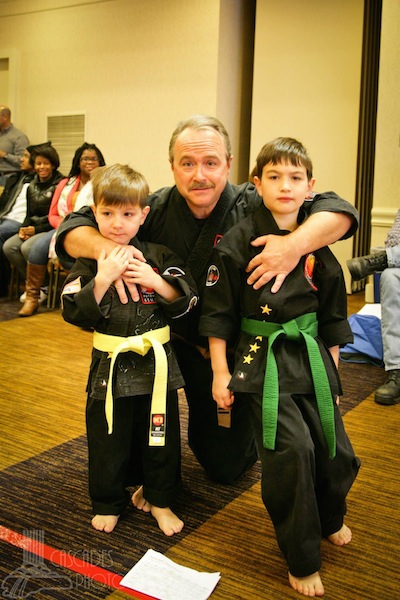 When Brett travels, which is usually close to the Mediterranean, he does forms on his own, by the beach, and he keeps up with his stretching, walking, pushups, jumping jacks and a little running.
When Brett travels, which is usually close to the Mediterranean, he does forms on his own, by the beach, and he keeps up with his stretching, walking, pushups, jumping jacks and a little running.
Brett knows the community of other students at the dojo has helped him push further than he imagined. For years, he had a consistent training partner who matched his level of competitiveness; the pair earned their Black Belts at the same time. “I’m very competitive by nature, and I like to finish first if I can,” Brett says. “I may not finish first all the time, but I’ll try to do the maximum amount for myself. If you’re always pushing yourself to go the extra mile, you’re probably getting the most out of it.”
As for the self-defense aspect of Kempo, Brett says the practice gives students the confidence to defend themselves, but that’s a last resort. “We’re training to maim someone,” he says. “What we’re taught—and I subscribe to this—is that it’s an insurance policy for a very bad day.”
Brett says he’s still working on conditioning, stretching and kicking in particular, but he knows Kempo is a lifelong art. “No one will ever attain perfection,” he says. “You can learn from everyone in the dojo, no matter what their rank is.”
Now that he’s achieved his first goal, he’s focusing on his second: a Second Degree Black Belt by age 55.
Brett recommends Kempo to a lot of people, but it’s a special person who is willing to take it on, he says. “It’s a long road, and the road has some disappointments.” His advice: be patient, listen, and don’t measure your progress by comparing it to someone else’s. “If you’re diligent and practice and are willing to commit yourself, you’ll meet your goals. And it’s great fun.”
